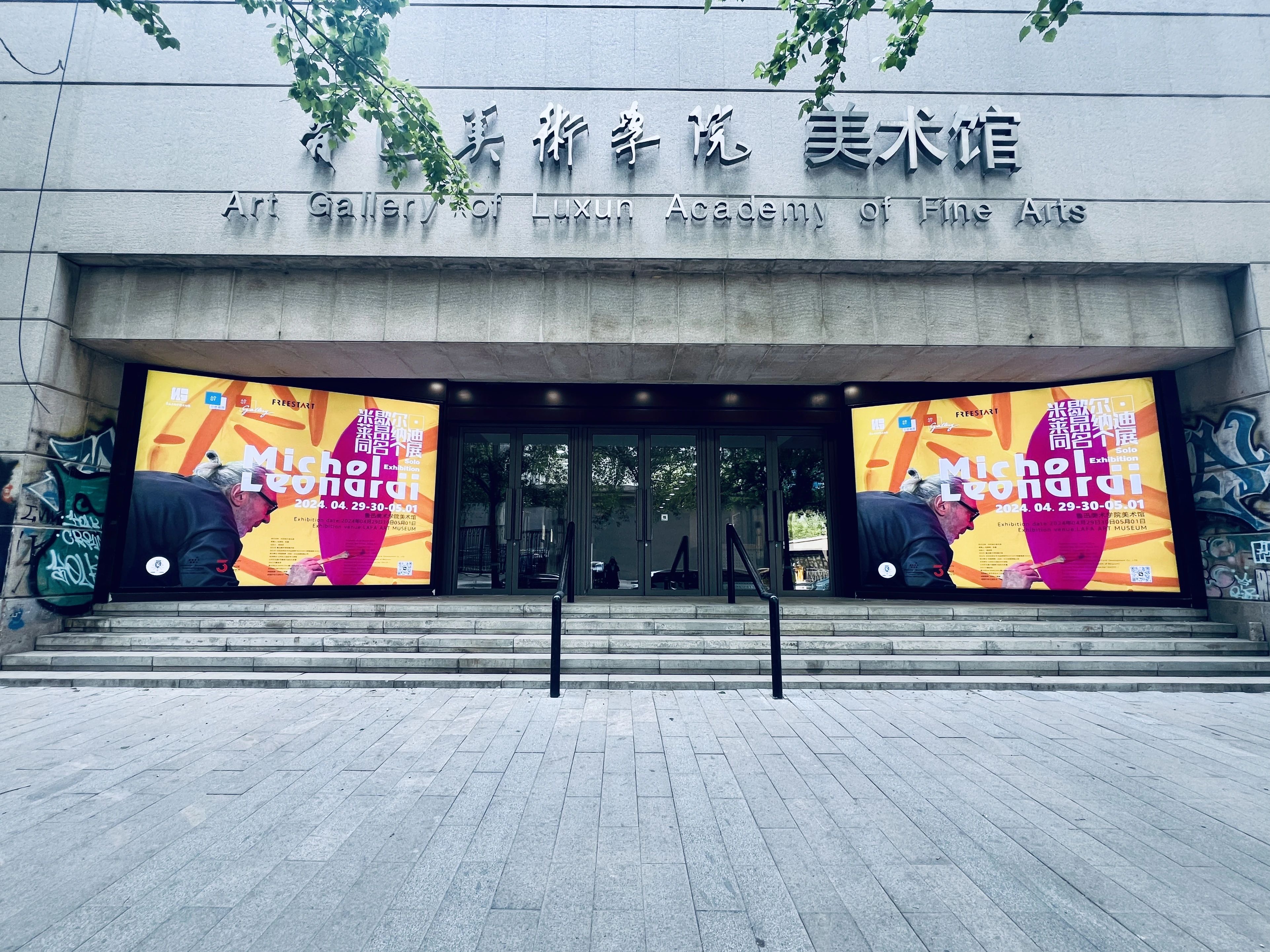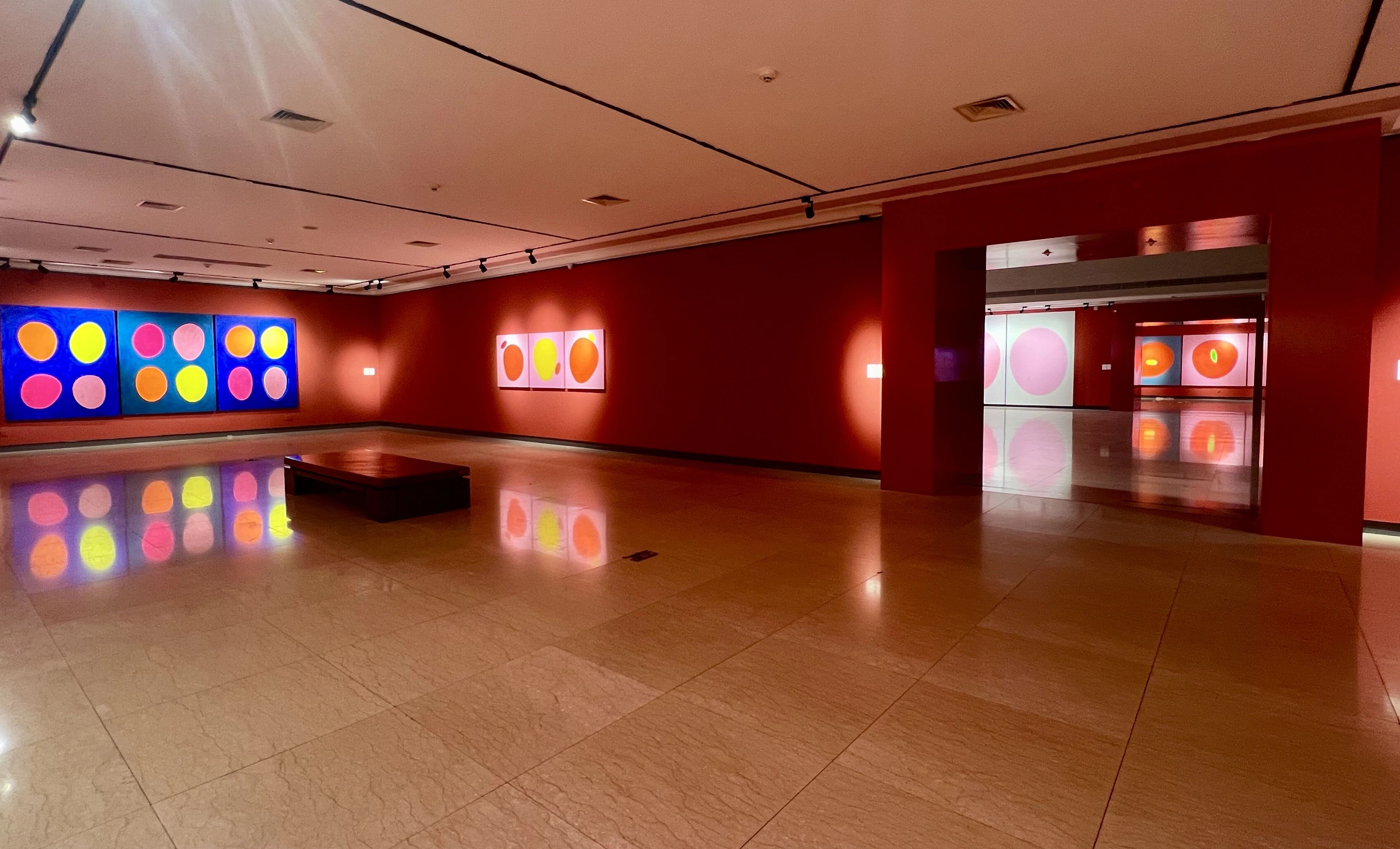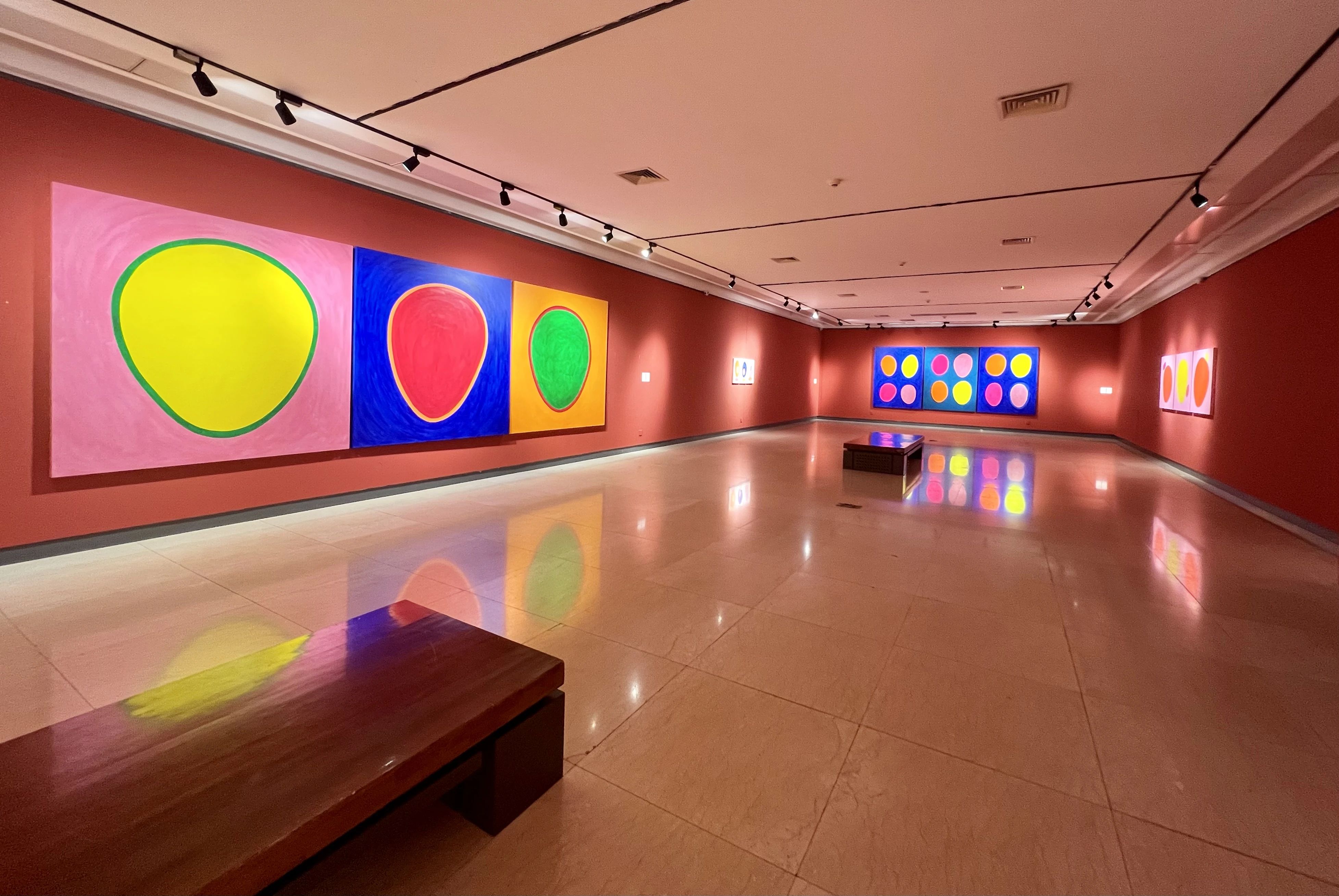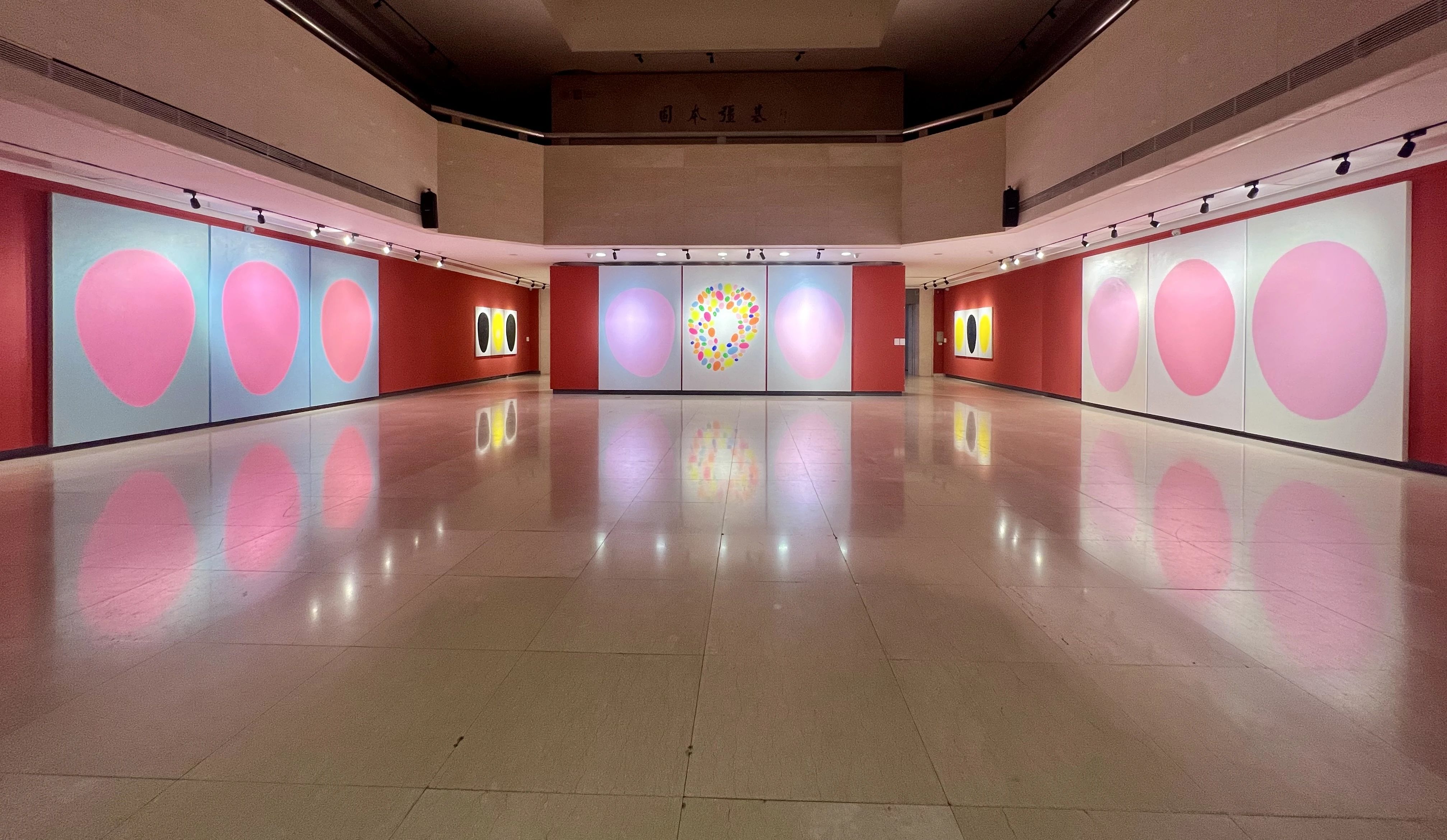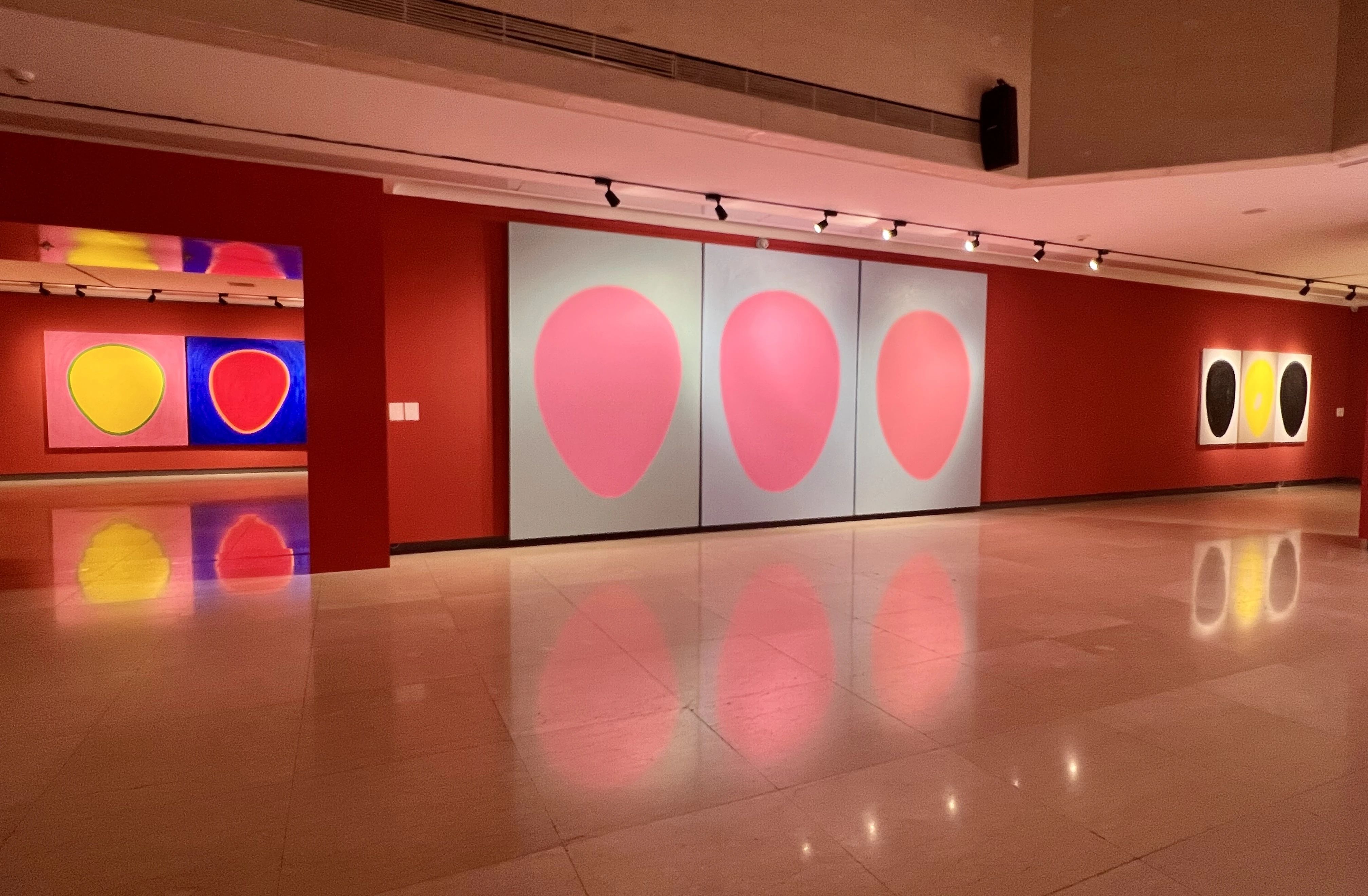Precise Purity — The Painting Practice of Michel Leonardi
Text by Bao Guitao (Curator/Art Critic)
Exhibition with the Same Name at the Art Museum of Lu Xun Academy of Fine Arts” marks his maiden solo exhibition in China. Coincidentally, during the curatorial process, he was making a short sojourn at the International Art Bonded Service Center of Liaoning Shenyang Free Trade Zone. He personally placed great emphasis on this residency and the solo show. In the meantime, he even produced new large-scale artworks specifically for the exhibition. Despite approaching his seventies, his creative enthusiasm shows no sign of waning, and he persists in fueling in-depth cultural and artistic exchanges between China and Belgium.
Michel Leonardi's paintings are conceptual in nature. He devotes himself to the expression of color and pursues an extreme simplicity of form, rising above the political and social dimensions inherent in both artistic and real-life contexts. Employing traditional painting mediums, he stands against the image hegemony within the “society of the spectacle”, the overabundance of images, as well as the manipulation and domination of daily life by images. He reverts to the genuine innermost self, the lucid experiences and essential needs of the artist. Echoing Marcel Duchamp's words, “Integrate art into one's own life.” Michel Leonardi's creative works further distill the purity of painting. As a painting movement spurred by spiritual pursuits, it eschews reliance on the visual repertoire of modernism and endeavors to shrug off the so-called meaningful aesthetic experiences. Consequently, it thwarts the effective recognition of painting art by visual paradigms and declines to offer cues that allude to ordinary visual perceptions. His artistic trajectory heads towards a certain extreme, with the aim of seeking out pathways and rationales for conceptual expression.
Michel Leonardi “freezes time with colors”. He doesn't place emphasis on light and shade, light sources, or even texture. However, the colorful ellipsoids of diverse sizes serve as time capsules. They are the result of the artist's painstaking efforts and intense concentration during the creative process, meticulously applied and then placed within a flattened framework. At the same time, they do not transmute into tangible manifestations of the objective world along the long course of time. Evidently, Michel Leonardi shows no inclination to sort through his life impressions, generate content that caters to viewers' anticipations, or meddle with their pre-existing experiences. He has reconfigured a visual model that demands an intuitive understanding of the psyche. This prompts viewers to concentrate on reconstructing their visual perceptions, to capture and seek out new dialogues and exchanges within the estranged visual encounters and color sensitivities. When standing in the exhibition hall, facing his works, one can break free from the incessant pestering of omnipresent media images on the psyche. Instantaneously, the sense of unfamiliarity ushers one into the artist's impeccably precise pure colors and minimalist metaphors, thereby unleashing the boundless potential of vision and the realm of dreams.
As a professional artist, Michel Leonardi has constructed his own distinctive “label” for identification. Through a precise formal style or convention, whether his creations stand out as unique or adhere to an unchanging pattern, they manage to emancipate art admirers. His morphological strategy centers around the ellipse. Evidently, the artist has selected a form that is far from radical; instead, it is a gentle, rounded, and even figurative oval-egg-shaped motif. In a sense, Michel Leonardi has honed this formal selection, thereby setting the pattern for the “figurative yet abstract” visual architecture of his works. As David Salle contends, “The artist's intention is more significant than what he presents.” However, the majority of artists usually devote themselves to acquiring and mastering complex presentations to flaunt their “ingenuity”. In contrast, Michel Leonardi has opted for the minimalist aspect of presentation, thus achieving the straightforwardness and convenience of directly putting “presentation” into practice.
When appreciating the works of Michel Leonardi, what matters is not what he depicts, but rather what he has discarded as an artist in his field. In fact, the artist has retained only color, gathering it into a simple form, and has made use of the ancient medium of oil painting. Therefore, neither the color nor the figurative schema is the focus; what is more important is the form in which the artist practices “will” and achieves completion within a specific “target”. That is to say, the artist's repetitive and tireless “behavioral painting” validates the visual significance of easel painting. These “laborious” aspects that take place in the studio are “blocked” because they do not appear at the exhibition site. This makes the artist's expectation that “the act of painting leads to the detachment from human vanity” turn into a satisfaction of the vanity that art appreciators can fulfill in the art museum.
Michel Leonardi has constructed an “energy field of color”. Each artwork functions as a source point, providing a means for art enthusiasts to tap into this vibrant realm of color. Evidently, the very existence and manifestation of this color energy field have transcended the limitations of time and context, capable of unleashing a wave of chromatic potency that resonates with individuals from diverse cultural backgrounds, ethnicities, and ideological persuasions. In fact, the ideological connotations of color have been deeply ingrained throughout history. Take, for instance, the imperial “yellow” reserved for royalty or the revolutionary “red”. Nevertheless, Michel Leonardi's color selections deliberately eschew historical, quotidian, and symbolic dimensions. In his easel paintings, he engages in a spontaneous appropriation of color, a visual manifestation that is both idiosyncratic and autocratic, stemming solely from the artist's volition. Driven by his artistic intent, he aspires to “re-establish the aesthetic relationship between nature and the universe.” By shedding the shackles of images and illustrations in his painting process, he ventures into a realm of painting that is both potent and liberating.
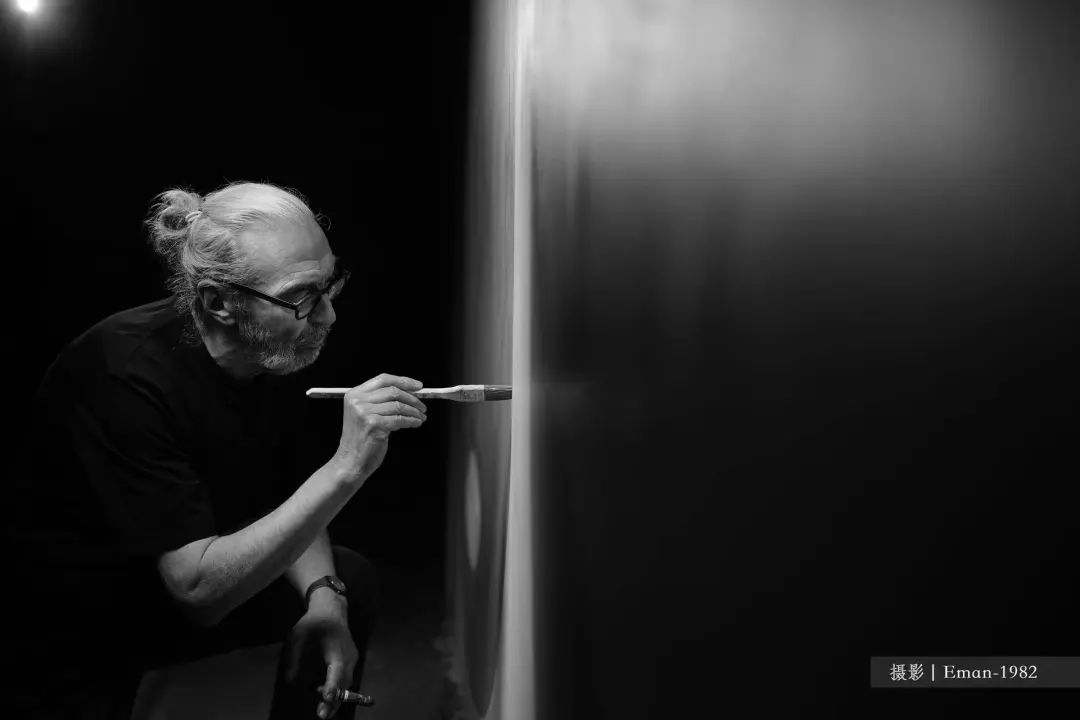
Exhibition view
